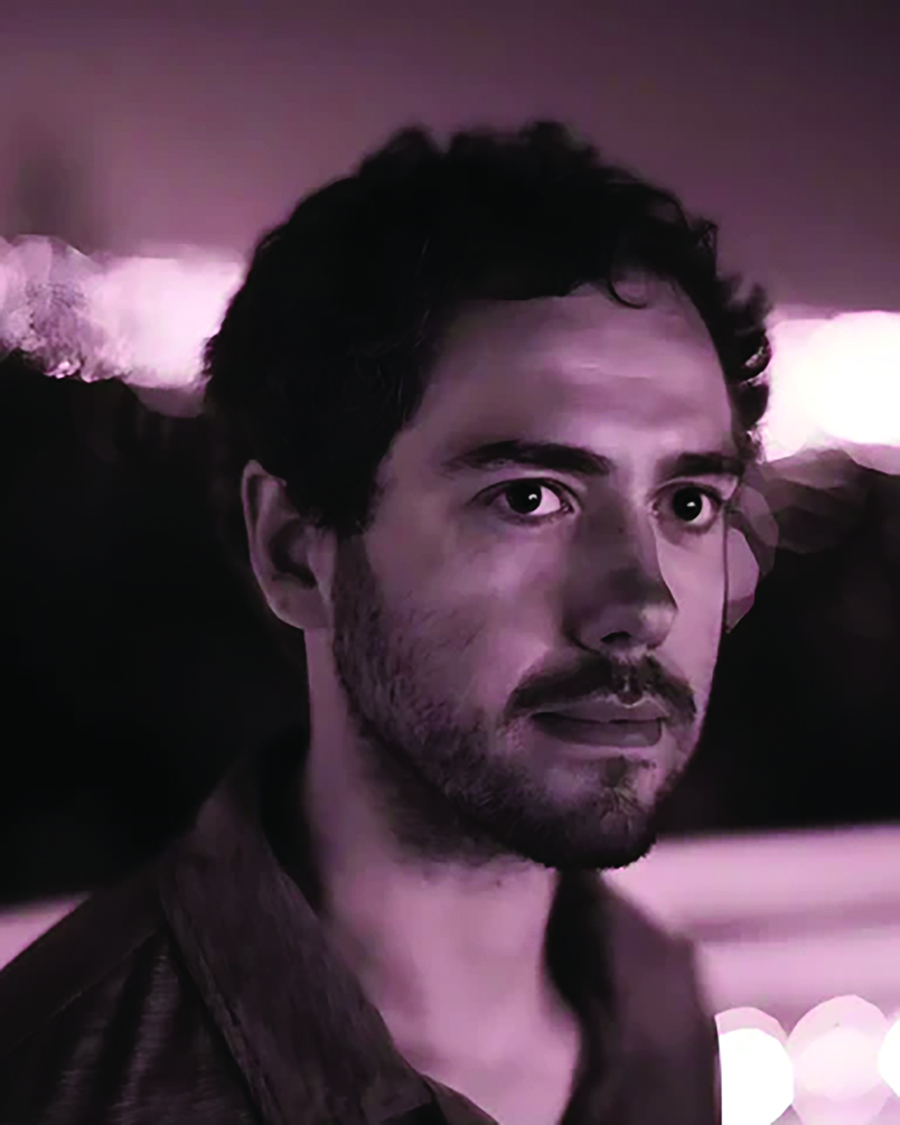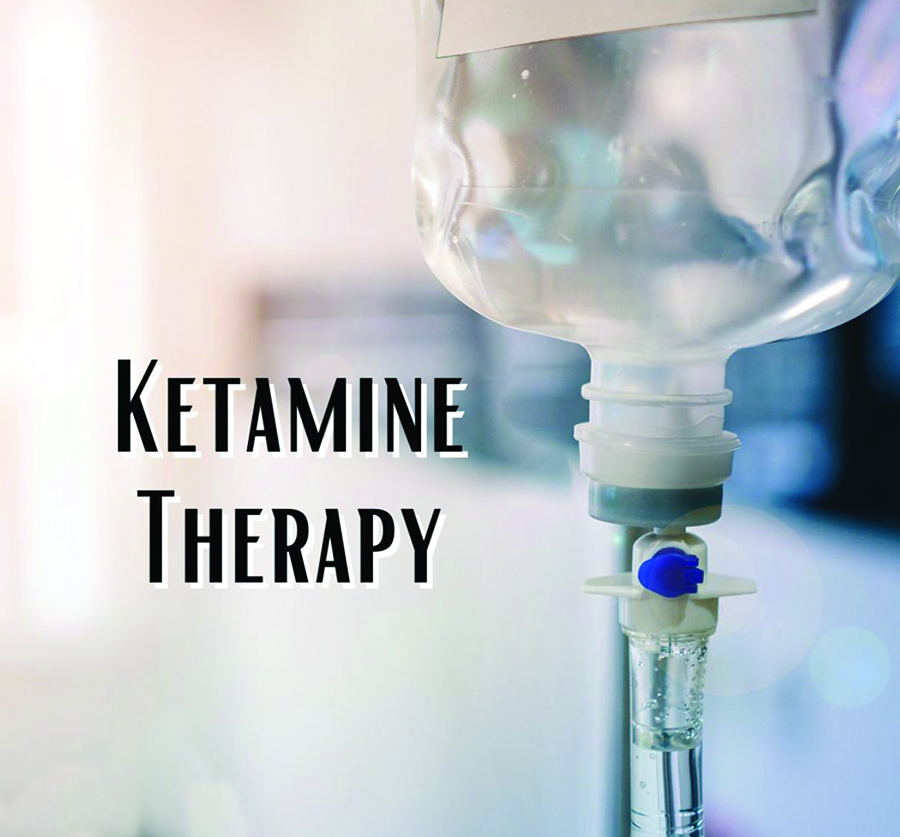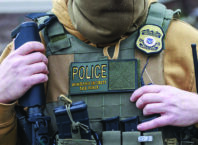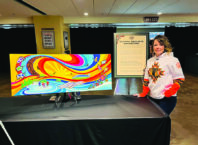
By K.E. MacPhie
In the safety of a clinician’s office, with a trusted therapist by my side, I took a dose of ketamine and met my Ojibwe Grandmother in the Northwoods. It’s not how we always did vision quests, but it could be the future of it in Minnesota.
Native culture has understood the importance of psilocybin plant medicine since before the times of modern medicine or even before the written capabilities to record it. From peyote in the deserts to ayahuasca in the Amazon to mushrooms here in the forests, plant medicine as a facilitator for physical and spiritual transformation, and they’re having a resurgence in the mainstream, as they tend to do every few decades.
In recent years, partly driven by the surge of post-traumatic stress disorder (PTSD) diagnoses’ following the wars in Iraq and Afghanistan and the thousands of Veterans desperate to find solutions that work to cure them, researchers are picking up where the last ones left off 60 years ago when the feds last defunded medicinal psychedelic research. Only this time, Native culture is positioned to have a say in helping them do it.
Here in Minnesota, a task force was formed and met in 2024, but most of their findings were inconclusive. Anecdotal evidence of success and low risk or side effects seems common, but there is no large-scale testing being done to definitely guarantee the safety or effectiveness to government legalization satisfactory levels.
That’s part of what I talked to Christian Rasmussen about. He is the founder of MN Nice Ethnobotanicals and on a mission to educate and advocate for greater understanding of the benefits of the legalization of Amanita Muscaria and, not only the ethnobotanicals that they grow and sell, but supporting the legalization of other plant medicine and traditional therapies, as well.

“You see this happening more already,” he started, “where we build a collective and we can be a blueprint that can extend to all business, where we can build with good intention rather than leeching from people. I think people want that, and the more people we have, the better it is for everyone.”
He’s growing in a concept he called “sacred commerce” which is the idea that we can intentionally grow these communities with the right people to share the knowledge and growth collectively rather than competitively. Sharing knowledge and support in the private sector is more likely to succeed than another federal push at legalization and recognition
I agreed that more people need to come together, but brought up the obstacle that non-Native plant healing advocates might run into because of the government, which is the deep systemic distrust by Native healers to share their information or practices with others, even if it seems like it’s for the greater good on the surface level. The modern Native culture has had more of a push toward data sovereignty and understanding the historical appropriation and exploitation that decimated our cultures and have made changes to protect our knowledge and resources. While the Native cultures don’t own the psychedelic resurgence, there is value in considering the decolonization of the process, balancing traditional practices with modern approaches, and addressing the lessons learned on the commercialization and commodification of these plants.
I ended up at one of the few psychedelic-integrated therapy clinics in the state because of my ongoing treatment-resistant depression and anxiety. Ketamine therapy is the only legal prescription so far, where other states have other options, and even then, my insurance covered my talk therapy, but I had to pay out of pocket for the medicine session.
While every clinic has a different process, and it’s possible they have changed since then, I want to demystify the experience for people considering this as an option for yourself. Intero’s method was to develop a strong sense of intention prior to, what they call, the medicine session. I spent 6-8 weeks talking with my therapist, as I had many other therapists before, about what I was hoping for, what I thought was getting in the way, what felt unanswered or unclear in the path from here to there. Some of the issues cleared in the talk therapy, but by the time I got to medicine session day, I had a clear visual goal of attaining the peace I feel when I sit near the lake and read a good book. Beyond that, neither I nor my therapist had any idea what to expect once I was injected with the ketamine dosage, but we did discuss boundaries and plans for if it wasn’t going well. It all felt very safe and prepared.
Once I was as sensory-deprived as possible – eye mask, headphones, blanket – with my therapist nearby and the ketamine injected, my trip took me to an autumn version of the Northwoods in the fall. My spirit guide was my Ojibwe Grandmother, but in the form of her 10-year-old self. She was snarky and mildly annoyed by me, but led the way through the pines as we traipsed and talked in the Northwoods. I kept asking her logistical questions like where are we going, why are we here, and she kept giving me intentionally obtuse answers like ‘we are always exactly where we are meant to be’. I felt the presence and contentedness I was seeking as we got deeper in the woods.

There were moments of clarity, like feeling the interconnectedness of the world. Answers to questions, like what is the best path (the answer was “all of them” and she was right). And I still remember the entire experience, and was alert enough to verbalize it and answer questions my therapist would ask throughout the session so that we could revisit afterwards and analyze it. When it ended, I felt at peace.
I kept that peace for a long time. In fact, writing about it again makes me think I should revisit the notes my therapist and I made in the weeks after the session, as we discussed meanings and thoughts of what it all meant. I’m grateful for the trip that gave me the clarity to get this far, but I need another road, another lesson. I can feel myself getting restless again, and I don’t know a better way to get to that peace. I’m just one story of many, but I want to add my anecdote to the evidence that this can work for long-term holistic health and wellness for the people who need it most.
Back to the bigger picture of legalization, I would love to see reservations cite Tribal sovereignty to legalize and operate psychedelic healing facilities, but with the internal debates that happened with the cannabis legalization decisions Tribe by Tribe, I don’t see legalizing more drugs as a near-future item for many. But it’s my opinion that it would be one way that we can control the methods and the narrative of how plant medicine practices exist in the modern world.
But until then, all we can do is continue to listen, learn, advocate, and educate ourselves and others about the traditional ways.
Learn more about MN Nice Ethnobotanicals at: https://www.mnniceethno.com.






